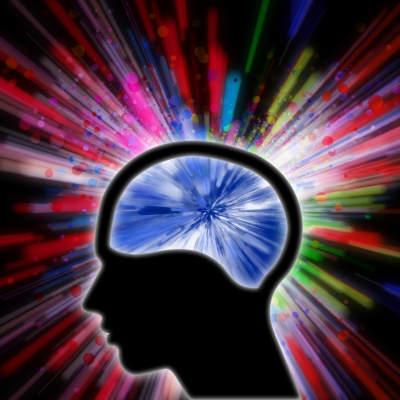The Gambler’s High: An addiction to your brain’s natural reward system
The following is a summary of an article written by Logan Faerber and published by Scientific American on October 15, 2013.
It’s somewhat easy to see how the brain can develop a chemical addiction such as cocaine, cigarettes, or alcohol. It is far more difficult to fully comprehend how something such as gambling can become just as destructive. In the past, addictions like gambling were treated more like a habit that provided a release than a true addiction. In fact, it was not until the release of the DSM-V that the decision was made to add pathological gambling to the addictions section of the manual. With gambling being such an acceptable practice, and it’s increasing (and easy) usage on the internet, better understanding and treatments for gambling addictions are more important than ever.

As with most addictions, gambling is rooted in the brain’s reward system and its release of dopamine (a neurotransmitter which provides satisfaction and pleasure). When a certain behavior is linked to this dopamine release it encourages the behavior to continue taking place. However, heavy usage of pleasurable activities such as sex, drugs, or gambling causes the brain to become less responsive to dopamine, thus requiring more and more of the activity to induce the same amount of pleasure. As an addiction strengthens, neural pathways to the prefrontal cortex weaken, making it more difficult to fight cravings. So, much like a cocaine addict requires heavier doses to feel effects, a gambling addict takes riskier endeavors to achieve the desired “gambler’s high”. Additionally, it seems that addicts of all types lose sensitivity to their high over time. That is, after continued exposure to the addictive substance or activity there appears to be less electrical activity in both the brain’s reward system and to the prefrontal cortex, the two areas that primarily control addictions. This is yet another factor that makes taming an addiction exceptionally difficult.
Unveiling the similarities between drug addiction and other types of harmful behavior gives us a better understanding of what addiction really is. Contrary to earlier beliefs, addiction is not solely a chemical dependence, but can develop from any activity that provides our brain a dopamine release. With this in mind, it makes sense that some treatments used on drug addicts work well with those suffering from a gambling addiction. Things such as naltrexone, an opioid antagonist typically used to treat alcohol and opioid addiction, reduce dopamine release and therefore curbs cravings in both drug addicts and gambling addicts. Another treatment method is Cognitive Behavioral Therapy, which develops better habits and strengthens the ability to fight off thoughts that perpetuate an addiction. This, once again, has shown improvement for both types of addicts. While there is still much to learn about addictions, including gambling, every little bit of information that is unveiled allows for better treatment options and outcomes.
Read the original article online at: http://www.scientificamerican.com/article.cfm?id=how-the-brain-gets-addicted-to-gambling&page=2

0 Comments